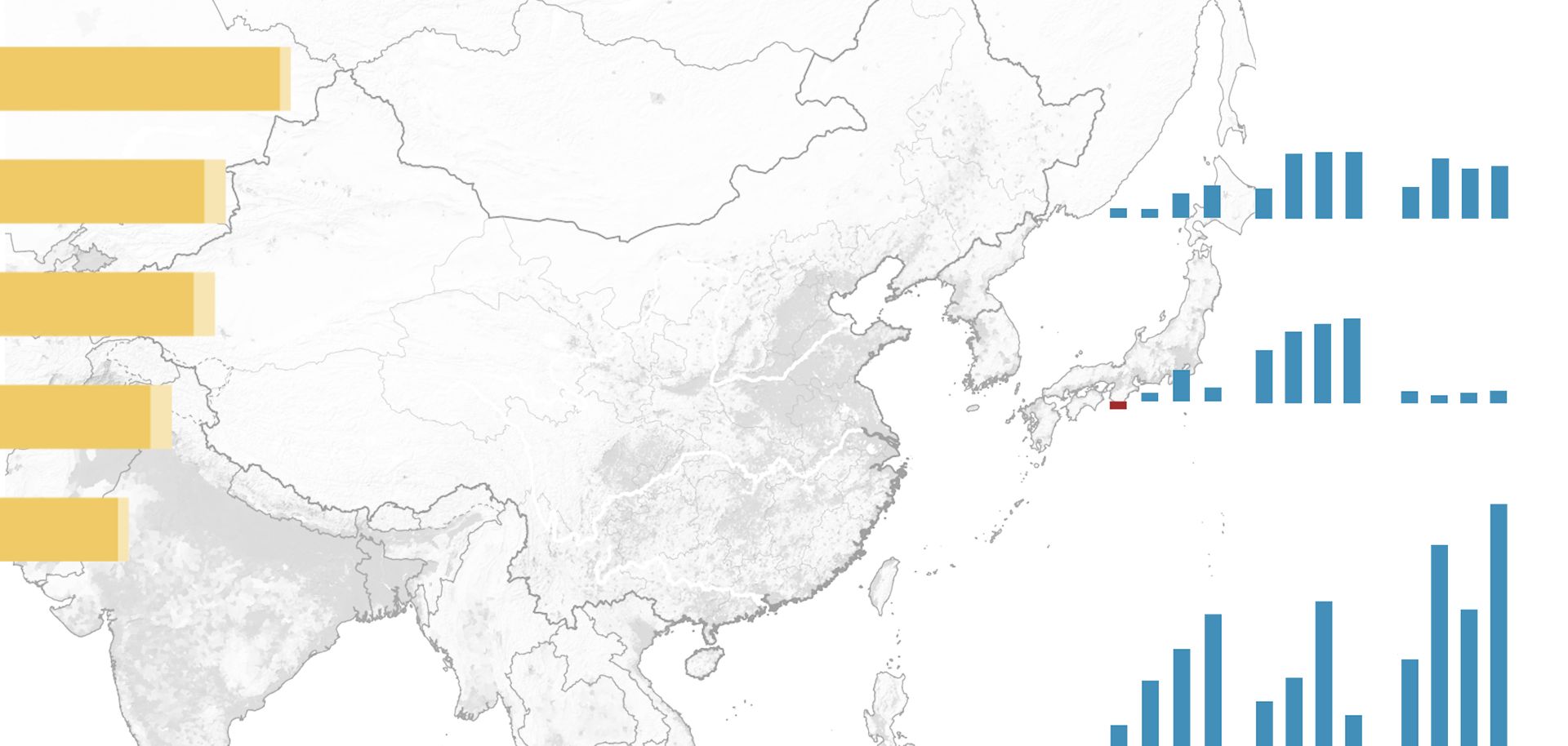
One can imagine Russian President Vladimir Putin having tea in the morning on the balcony of his dacha outside of Moscow, looking strategically out over the borders of the Russian Federation, pondering his next steps to ensure the re-establishment of Russia's great power status. First, he observes the established borders of Russia proper, territory he already controls, the post-Soviet borders he inherited from his predecessors, Boris Yeltsin and Mikhail Gorbachev. Putin has made no secret that he is not entirely pleased with this inheritance: He would rather gaze out across a Russia that includes several if not all of the Central Asian republics, the Baltics and Ukraine.
Looking a bit farther afield, Putin can see the borders of NATO countries, which are similarly established: Poland, Hungary, Bulgaria, Romania and the rest of the alliance. These nations Putin views as direct threats to Russia. And then there are the regions in between these two sets of borders: Georgia, Ukraine and the tiny country of Moldova. (Belarus does not fall into either category, since Minsk remains essentially under Moscow's control, albeit somewhat restively. For now at least, Putin does not have to worry about it.) These countries, which uncomfortably straddle the great ideological and physical divide that separates Russia from Europe and the West, are key states in what the Kremlin sees as its most important geopolitical struggle: Russia vs. NATO.
It is clear that Russia has been working to exert and consolidate control in those regions where neither it nor NATO countries dominate. It began in the 1990s in the South Caucasus with the first round of what have become known as frozen conflicts: Nagorno-Karabakh, Abkhazia and Transdniestria. Next came the war with West-leaning Georgia in 2008, which resulted in Russia minting a brand new country, South Ossetia. The fact that none of these "republics" were ever recognized by more than a few countries is beside the point: The Kremlin had already achieved its goals.
After Georgia came Crimea (perhaps more easily than Putin expected), which Russia now claims as its own. And most recently there has been the Donbas region of eastern Ukraine. While the jury is still out as to whether the Kremlin originally thought it could use Crimea as an example and simply annex eastern Ukraine as well, at the very least Putin can create another frozen conflict in Donbas, if he so chooses. What, then, will be Putin's next move on the chessboard?



